The logistics industry is significantly fragmented with a high percentage of family-owned firms, presenting numerous opportunities for acquisitions. The largest ten freight-forwarding firms account for 43.5% of the market’s $141 billion 2016 global revenues, suggesting there is plenty of room for more M&A activity. XPO Logistics has been the pioneer in this field, with eight major acquisitions in the last five years as well as ten smaller ones. XPO’s CEO Bradley Jacobs recently said that the company has about $8 billion ready to spend on takeovers after a two-year hiatus since buying France’s Norbert Dentressangle for $3.5 billion and Con-Way Inc for $3 billion. CEVA Logistics, owned by Apollo, has had a history of earnings trouble but has given stronger 2017 forecasts, making it a likely target. Geodis, a unit of France’s state-owned railway SNCF, acquired Tennessee-based OHL two years ago for $800 million, quadrupling its US revenues since. Kuehne + Nagel acquired US transportation broker Retrans in 2015 and is expected to accelerate its growing market shares in ocean and air cargo through acquisitions. Following acquisitions of Dutch trucker Fans Maa and Belgium’s ABX Logistics, Danish trucker and freight-forwarding firm DSV has been posting record results as it realizes the benefits of its $1.35 billion 2016 acquisition of California-based UTi Worldwide. Global Logistics Properties also agreed to acquire European logistics platform Gazely, along with 32 million square feet of gross leasable area in properties across four countries, for $2.8 billion as it continues to expand into Europe.
Asian markets are also very attractive to logistics investors. Last year, four logistics operators went public and raised $1.4 billion with ZTO Express. Now, Best Inc, a Chinese logistics company backed by Alibaba Group, prepares to make its debut on the New York Stock Exchange as China’s e-commerce market is poised to grow at a CAGR of over 15% from 2016 to 2021. Similarly, Mapletree Logistics Trust raised $640 million through a private placement and preferential offering to its portfolio of over 100 logistics assets across Singapore, Japan, and Australia among other countries.
India, in particular, is poised to benefit from trends related to logistics as well. Its manufacturing industry, as a percentage of GDP, is expected to grow to 25% in 2020 from 16.7% today, while the digitization of this market’s B2B trade is increasing rapidly. Logistics in India generally make up 12.5% of total supply chain costs, over 1.5x comparable developed economies despite its lower labor costs; this suggests its market is underserved by capacity and presents opportunities for companies to optimize systems. Moglix, for example, is a startup automating the supply chain of 200 large manufacturers and about 100 thousand SME’s in India. The logistics space is also expected to get a boost from the goods and service tax (GST) regime that will remove intercity checkpoints as well as from a 20 to 25% annual growth in the temperature-controlled logistics industry. This sector has attracted plenty of attention from private equity firms as well as real estate investors looking for opportunity in warehousing. For instance, Warbus Pincus invested $75 million in logistics services provider Rivigo and Stellar Value Chain last year, and $29 million in Ecom Express this year. Additionally, Carlyle Asia Partners IV led a $100 million funding round in ecommerce logistics company Delhivery for a minority stake.
Figure 1: India’s current and projected warehousing space
I believe that, in addition to M&A activity, technological innovations will disrupt the warehousing industry, and in turn, reshape the future of logistics. Additive manufacturing, or 3D printing, may begin to be adopted in this space and can result in major reductions to inventory sizes and streamlined inventory flow. Since Amazon bought robotics manufacturer KIVA in 2012, other warehouse-heavy companies have followed suit. Given today’s driver shortage, several companies have also invested heavily in researching self-driving vehicles. For instance, truck manufacturer Freightliner has been developing self-driving trucks that are legal to deploy in Nevada and use a “platooning” system that allows driverless trucks to follow a human-driven lead semi. By acquiring smaller companies, larger players are able to benefit from economies of scale and vertical integration; add disruptive innovations to management's’ strategies and you find a powerful combination for growth. I look forward to seeing how consolidation in this sector plays out the next few years.


